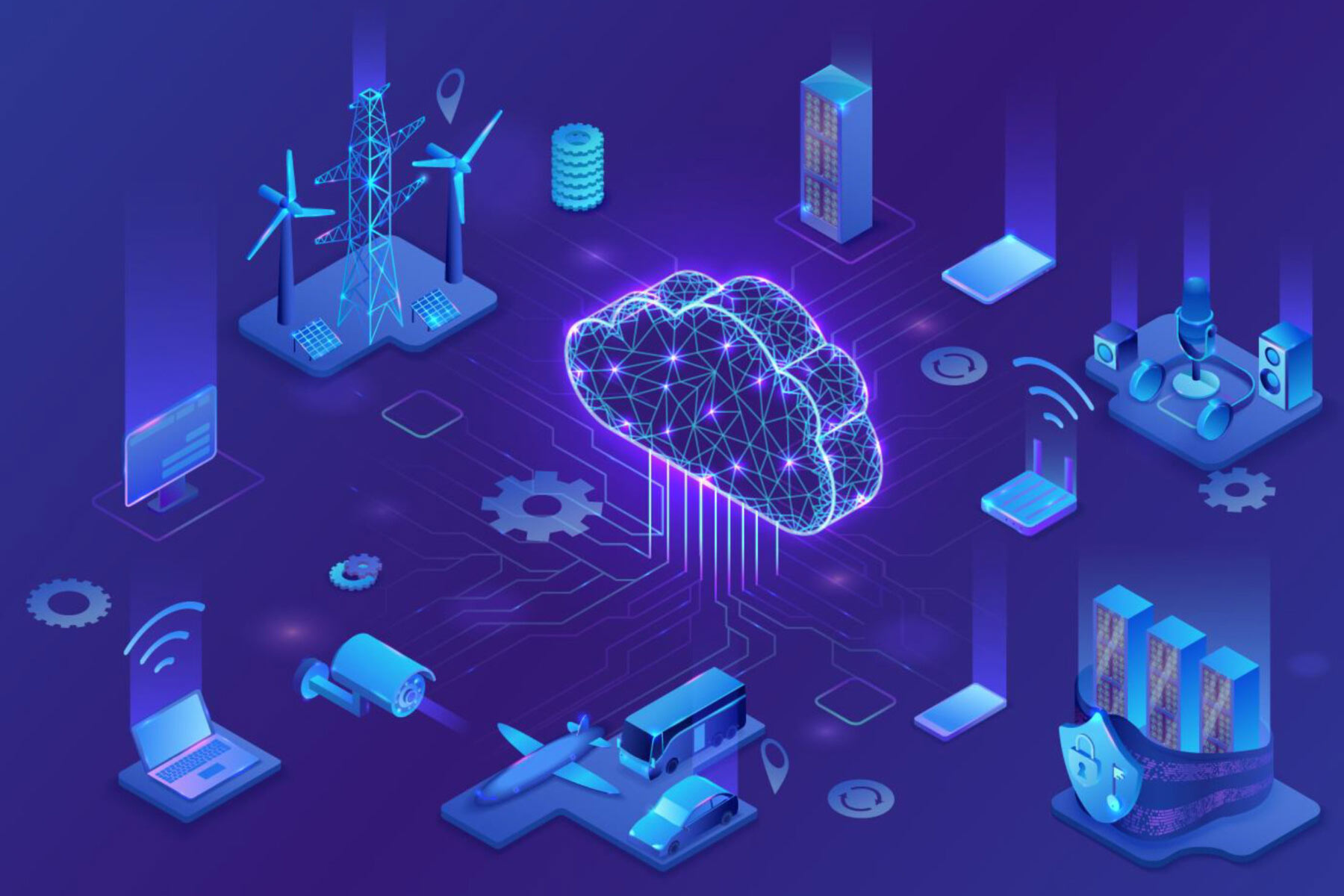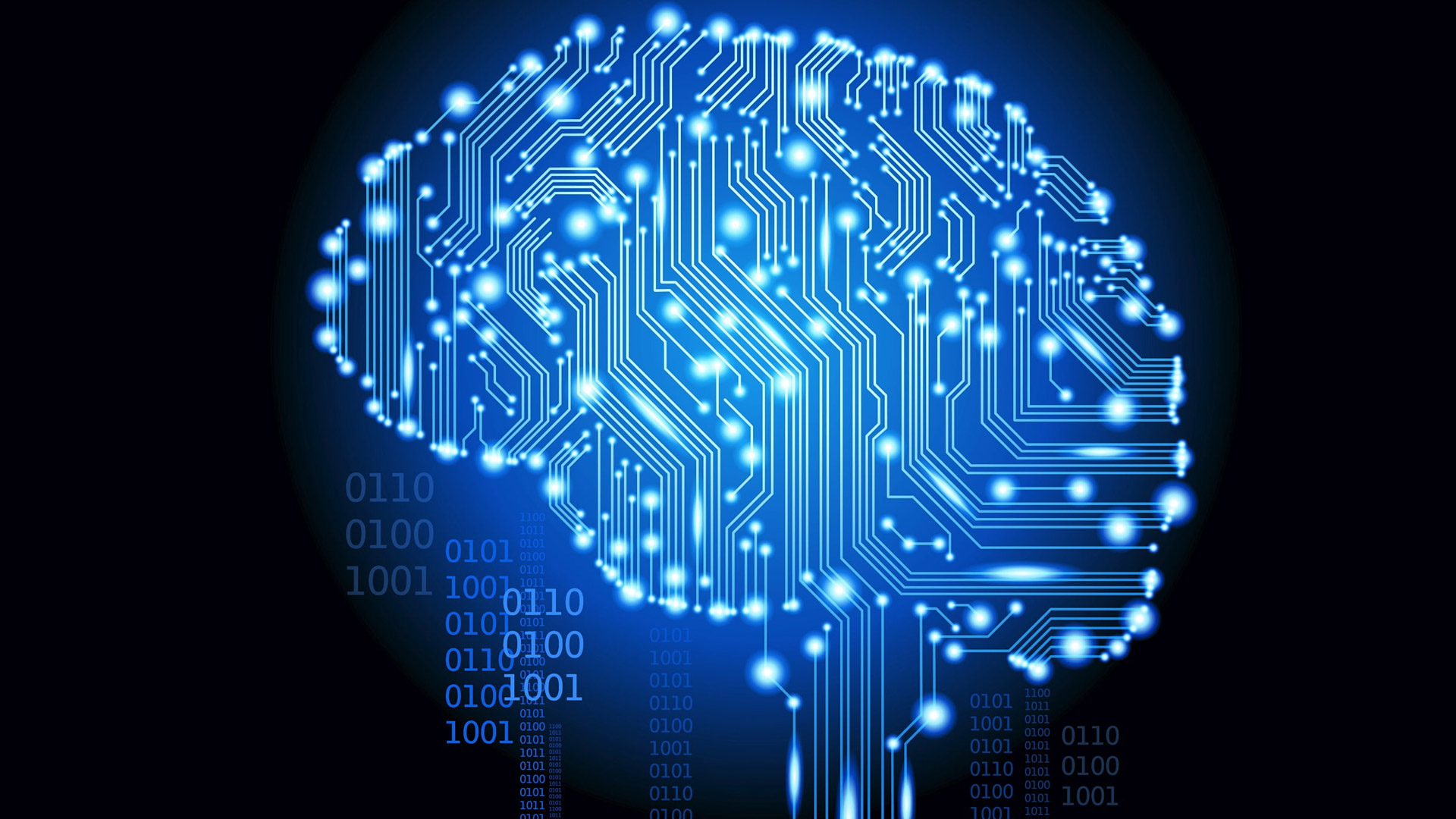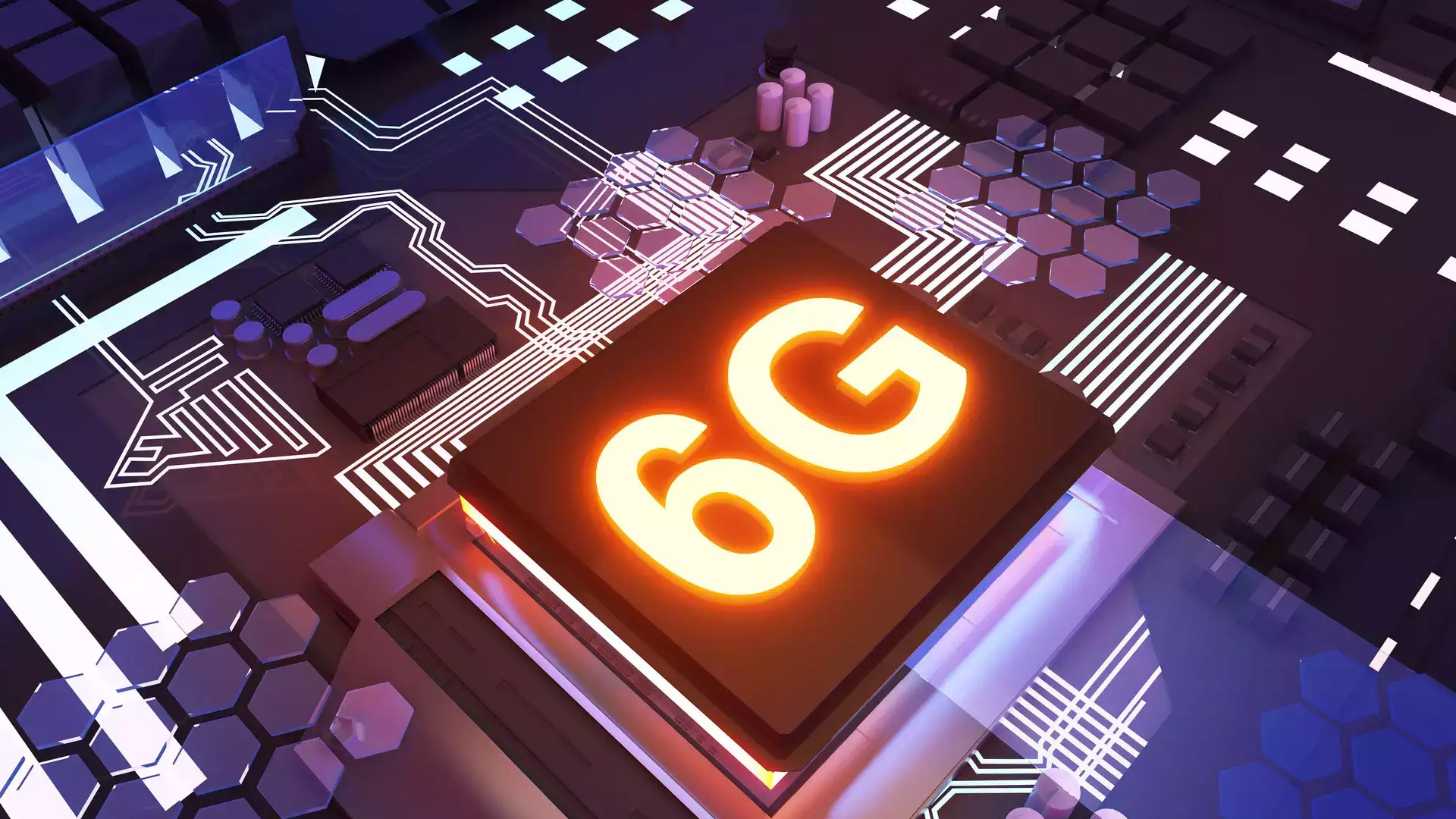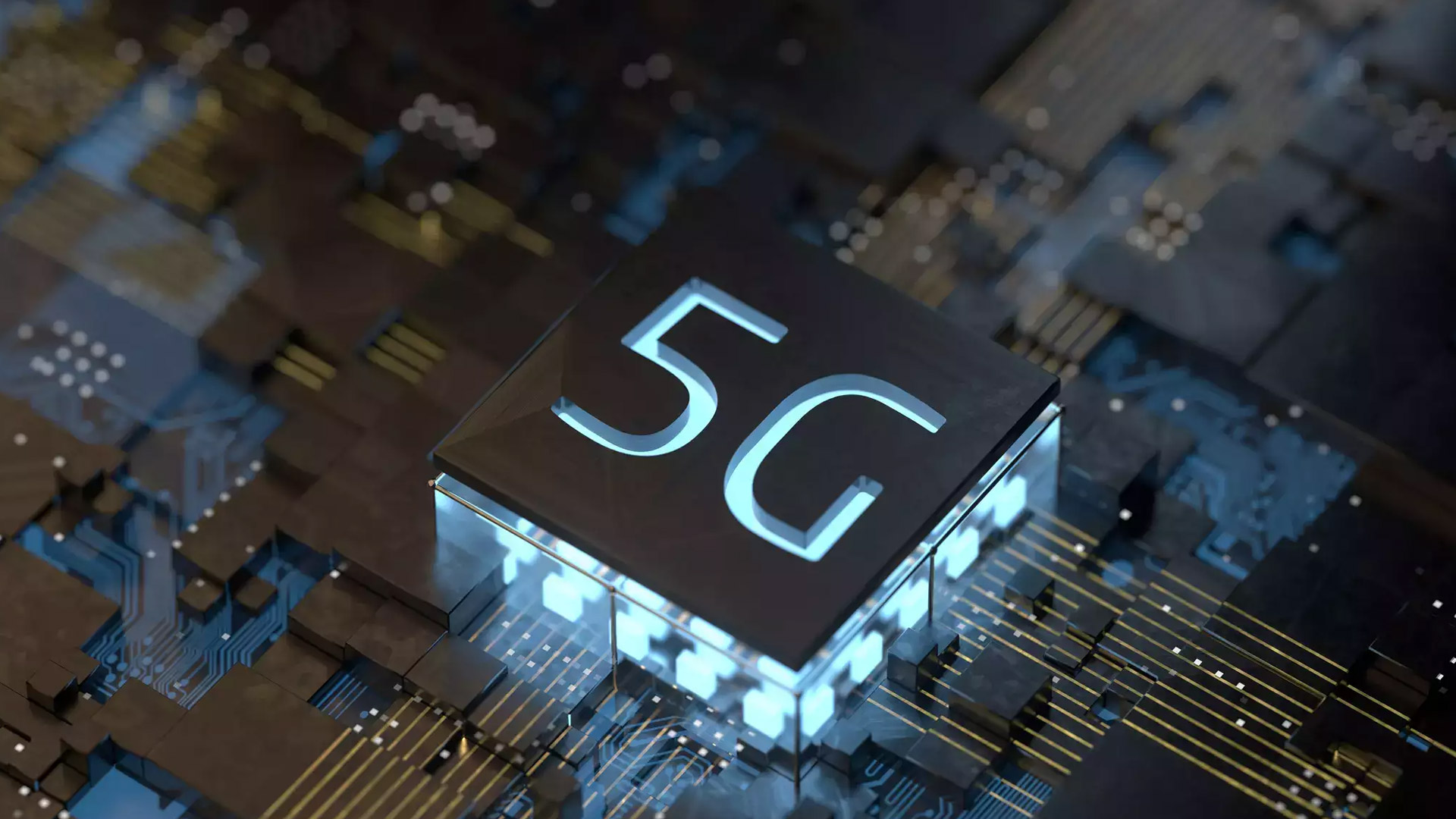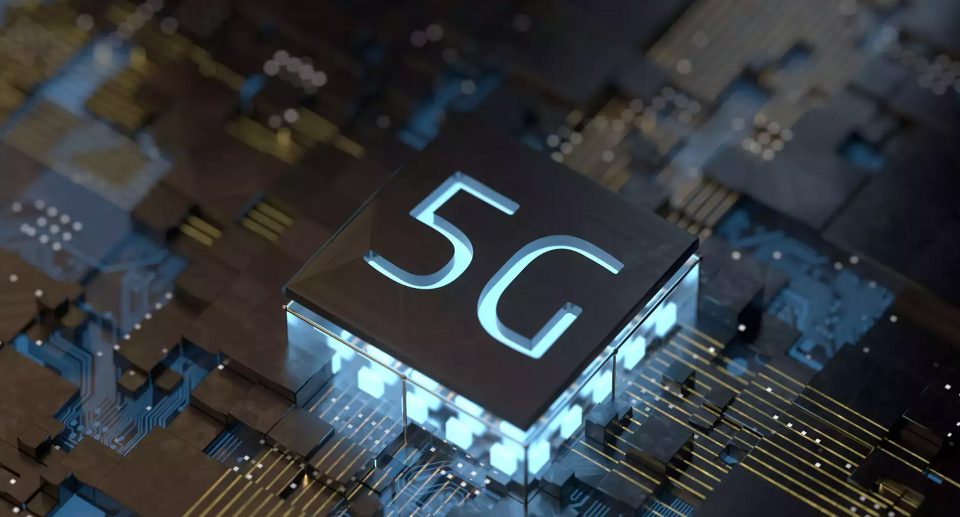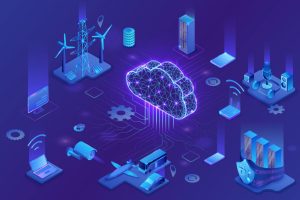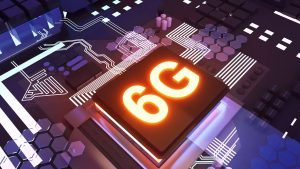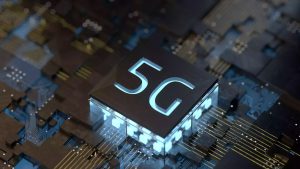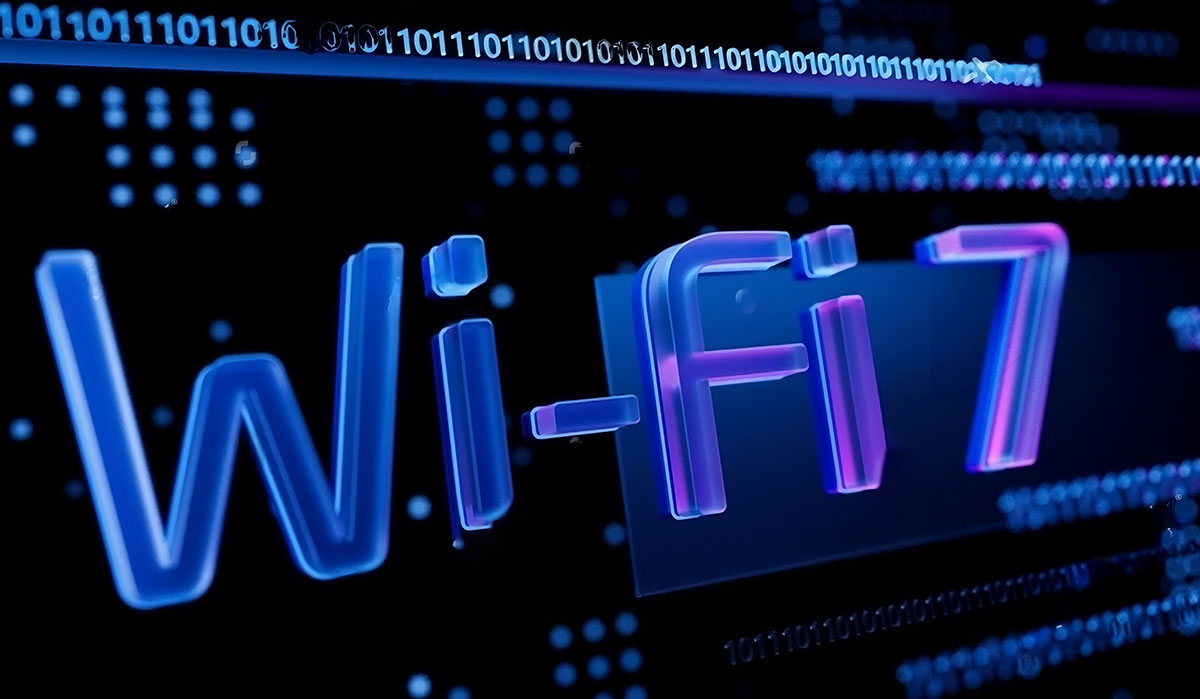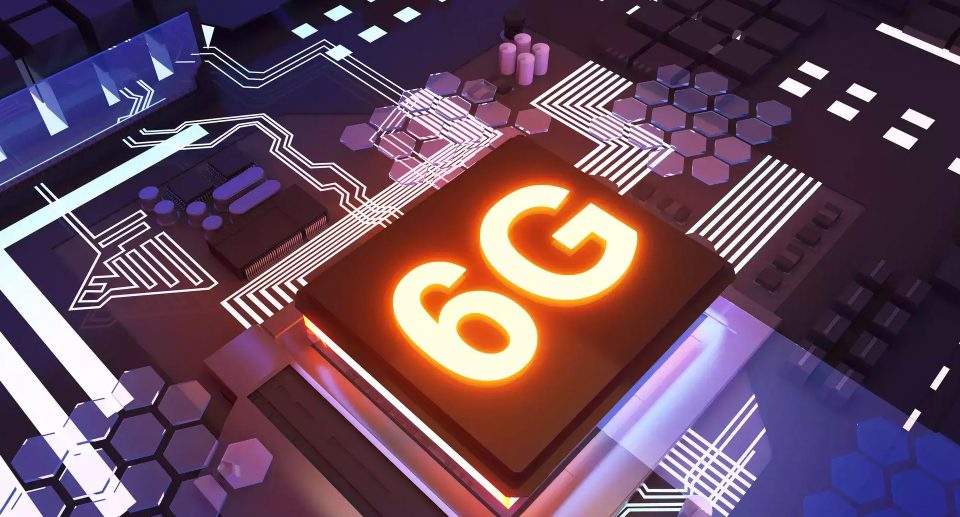
NVIDIA, a leader in AI and graphics technology, has announced a groundbreaking partnership with telecom industry giants T-Mobile, MITRE, Cisco, ODC, and Booz Allen Hamilton to develop AI-native wireless networks for 6G, as revealed on March 19, 2025, via NVIDIA Newsroom. This collaboration aims to redefine the future of telecommunications by integrating AI into the core of 6G architecture, promising enhanced spectral efficiency, performance, and new revenue streams for telecom operators. This development is a significant milestone in telecom industry trends, positioning AI as a central pillar of next-generation connectivity.
Building the Foundation for 6G with AI
The partnership focuses on creating an AI-native radio access stack for 6G, leveraging NVIDIA’s expertise in AI and the telecom partners’ experience in wireless infrastructure. ODC, a portfolio company of Cerberus Capital Management, is leading the development of layer 2 and layer 3 software for distributed and centralized units of virtual RAN (Radio Access Network). This initiative builds on ODC’s pioneering work in AI-native 5G Open RAN (ORAN), which is already surpassing existing networks.
- Spectral Efficiency: AI-native networks will optimize data transmission rates over limited bandwidth, a critical need as 5G connections surpassed global benchmarks in Q3 2024, per The Fast Mode.
- Performance Gains: The integration of AI promises groundbreaking resource utilization, reducing latency and improving reliability for applications like autonomous vehicles and smart cities.
- Revenue Opportunities: Telecom companies can create new services, such as AI-driven network slicing, to cater to enterprise clients.
- Seamless Transition: The architecture ensures a smooth on-ramp from 5G to 6G, leveraging the vast AI ecosystem.
Why AI-Native 6G Networks Are the Future
The telecom industry has long relied on advancements in adjacent fields, and AI is now at the forefront, as noted by Shaygan Kheradpir, chairman of ODC’s advisory board: “No technology is more central than AI in redefining connectivity.” This partnership addresses the limitations of 5G, which, despite its promises, has faced criticism for failing to deliver on use cases like autonomous vehicles, as highlighted in a Data Center Dynamics report from February 13, 2025. AI-native 6G networks aim to overcome these shortcomings by embedding intelligence into the network fabric, enabling predictive maintenance, dynamic resource allocation, and enhanced user experiences.
Critical Perspective: Hype vs. Reality
While the collaboration is a step toward innovation, the establishment narrative of seamless 6G adoption may be overly optimistic. The transition from 5G to 6G requires massive infrastructure investments, including new towers and fiber-optic backhaul, which have already strained operators’ budgets during 5G rollouts. Moreover, the focus on AI raises concerns about data privacy and energy consumption, as AI models require significant computational power. The promise of new revenue streams is enticing, but smaller operators may struggle to compete with giants like T-Mobile and Cisco, potentially widening industry disparities in the telecom industry trends landscape.
The Path Forward for 6G and Telecom Innovation
NVIDIA’s partnership with telecom leaders sets a precedent for the role of AI in telecommunications, aligning with global efforts like India’s Bharat 6G alliance and Qualcomm’s 6G patent agreements with Samsung, as reported by VanillaPlus on March 17, 2025. As 5G adoption grows—projected to reach 330 million subscribers in India by 2026—the groundwork for 6G will be crucial. This initiative not only advances telecom industry trends but also positions NVIDIA and its partners as pioneers in shaping a connected, AI-driven future.ust innovate to stay relevant. This development underscores the importance of competition in driving telecom industry trends, ensuring that consumers benefit from faster, more reliable connectivity. future.
